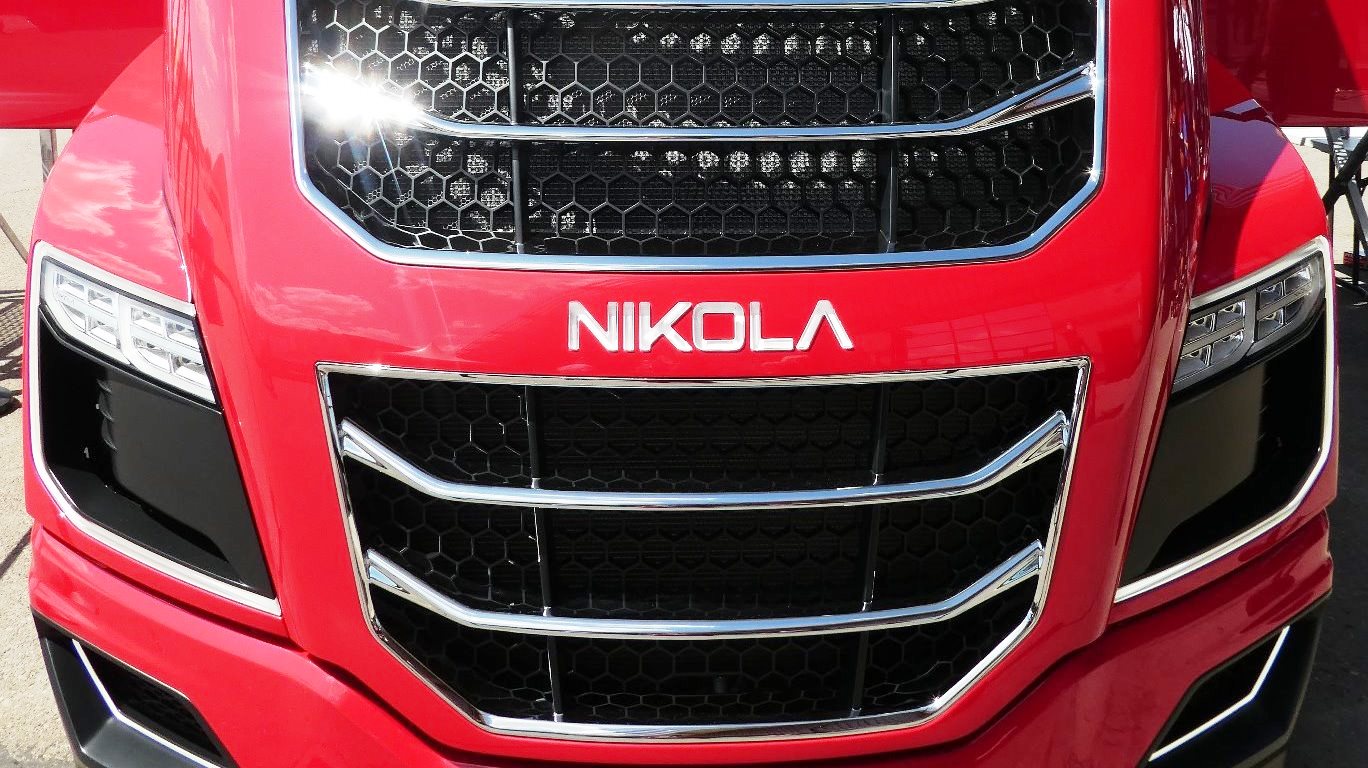
Shares of electric and hydrogen-electric semi maker Nikola Corp. (NASDAQ: NKLA) dropped by 24% last week following a scathing report from short seller Hindenburg Research. The company put out a brief response on Friday and followed that with a more detailed response Monday morning. The stock has added more than 7% to its battered share price since the opening bell.
In its screed against Nikola, Hindenburg claimed that Nikola told “dozens of outright lies” to form partnerships with vehicle makers like General Motors Co. (NYSE: GM) that are desperate “to catch up” with leading EV maker Tesla Inc. (NASDAQ: TSLA).
Nikola, in its Monday response, said that Hindenburg’s charges were “designed to provide a false impression to investors and to negatively manipulate the market in order to financially benefit short sellers, including Hindenburg itself.” Nikola’s stock jumped 40% on last Monday’s announcement that it had struck a deal with GM to build Nikola’s Badger pickup truck.
Nikola responded to 11 specific claims in the Hindenburg report. One of the more interesting was Hindenburg’s claim that the Nikola One semi that the company demonstrated in December 2016 was a pusher; that is, a vehicle that is not fully functional and cannot operate on its own power.
According to a report from Bloomberg News in June, Trevor Milton, Nikola’s founder and CEO, said at the event, “This thing fully functions and works.” Milton also told Bloomberg that there wasn’t a fuel cell in the truck, and that the company “never claimed there was.” Milton did confirm that there were motors or gears in the truck out of concern for safety.
In its Monday statement, Nikola said, “The Nikola One was, in fact, designed to be powered and driven by its own propulsion.” The truck on display in December 2016 had a “bench-tested” functional gearbox, a functional battery, and other functional parts. That the whole was not a functional sum of the parts was not made clear.
In its June story, Bloomberg characterized Milton’s statements as “exaggerations.” Hindenburg calls them “lies.”
Nikola jettisoned the Nikola One and moved on to the Nikola Two, a hydrogen-electric hybrid that the company expects to have in pre-production testing next year, with a prototype delivered by the end of the year and production versions available in the second half of 2023.
A replacement for the all-electric Nikola One, the Nikola Tre, is what the company described as “the first step towards a fuel-cell electric (FCEV) model.” Production is planned to begin in the first quarter of next year, with deliveries scheduled for later in 2021.
The company repeated its statement from last Friday that it has been in touch with the U.S. Securities and Exchange Commission regarding Nikola’s “concerns pertaining to the Hindenburg report and that the company plans to cooperate with the agency “regarding its inquiry into these matters.”
For its part, Hindenburg said Monday that of the “few” issues Nikola chose to respond to, “it largely confirmed our findings or simply raised new unanswered questions.” Hindenburg had posed 53 questions in its original report that it wanted Nikola to answer.
In the noon hour Monday, Nikola stock traded up about 4.8%, at $33.67 in a 52-week range of $10.20 to $93.99. The price target on the stock is $55.75.
Thank you for reading! Have some feedback for us?
Contact the 24/7 Wall St. editorial team.




